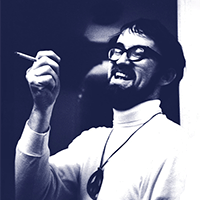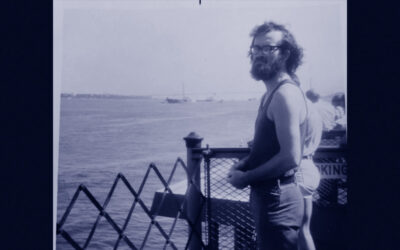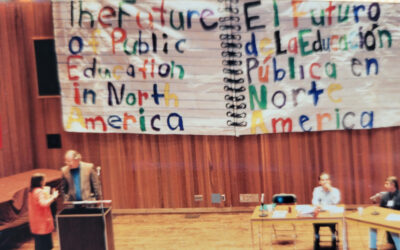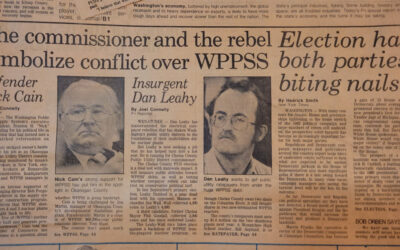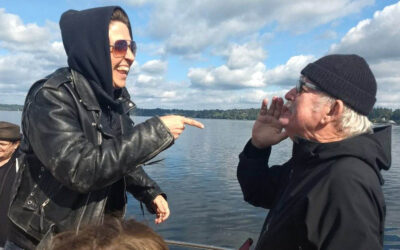Organizing Lessons
It didn’t happen if there’s not a picture.
And we can’t understand it, if there’s not a chart.
Dan Leahy was an organizer.

Lessons: Why Document An Organizer’s History?
Organizers’ histories are intentionally obfuscated. Our stories are simplified, and our triumphs are turned into passive voice.
Dan Leahy believed in the reality, not just the possibility, of changing the shape of our world.
Five basic lessons synthesize Dan’s organizing framework… Why? What? Who? For What? and How?
Highlighted lessons
Lessons: Framework for Organizing
Dan wrote five concise pages titled “Framework for Organizing” as part of a 500-page “Organizer’s Notebook on Public Utilities and Energy” that he produced with the Human Affairs Program he directed in Ithaca, New York.
Eras of Dan’s Organizing Work: A Chart
This chart reflects a chronology of major campaigns and organizing initiatives in Dan Leahy’s life, spanning over 60 years of dedicated work.
Lesson 1: Why Organize?
Dan carries the lessons from every aspect of his life in a unique way. Told in stories and also in succinct bullet point talks, his orientation to the world is a mix of being exactly who he has always been and the result of the incredible experiences that shaped him. He could not go back to seeing the world the way he was taught to see it, and he could not stop organizing to shape the world.
Lesson 2: What Kind of Organization Do You Need?
In answering the question about what kind of organization to build, Dan’s approach was a combination of systematic planning and relationship building. He built a “container” – a timeline, the committee has assignments, and each state or region or territory or group is included.
Lesson 3: Who Will Be a Part of It?
“The Summer School that opens today did not just happen. It took a love of history, leadership, self-respect, organizing skills, argument, resources, hard work and belief. It was made possible by women and men who believe working women have always been and will continue to be a critical element in organized labor’s ability to protect and promote the interests of working people.” – from Dan’s opening remarks to 55 trade union women from 18 different unions in 1987 at the first school.
Lesson 4: What is the Target of the Organization?
One way to see the institution you’re up against, is to set up a parallel institution. In the case of NAFTA, no one country’s vantage point will be enough. The Trinational Coalition was envisioned to create a “continental environment” that mirrored corporate attempts to establish a “North American identity” that traversed the NAFTA terrain – Canada, United States, and Mexico.
Lesson 5: What are the Methods to Win Victory?
Using a battle plan that he replicated 30 years later to defeat oil trains, Dan organized the people affected by the rate hikes and the betrayal through research, education, communication, and training in support of an electoral strategy to take over the elected commissions. Expose the truth, name the targets, build organization, recruit members, and challenge power directly.
Lessons: The Good Fight
CLOSING: The good fight These reflections offer a few snapshots of Dan Leahy’s organizing work and his mark on the world. I didn’t talk about his persistent political education with the firefighters over decades, so much so they awarded him a golden axe. (He had to...
